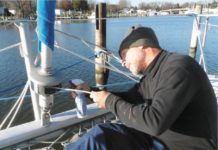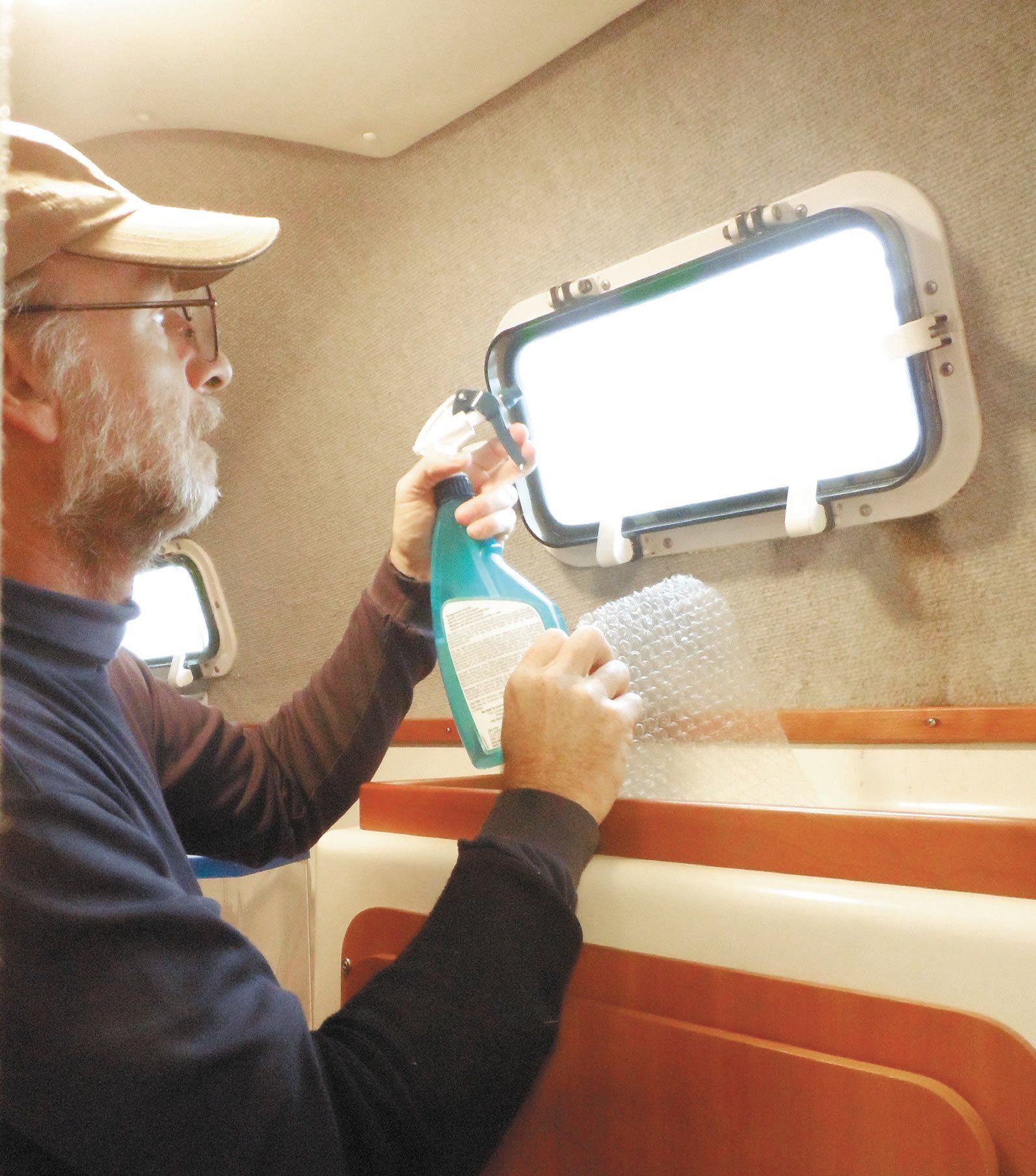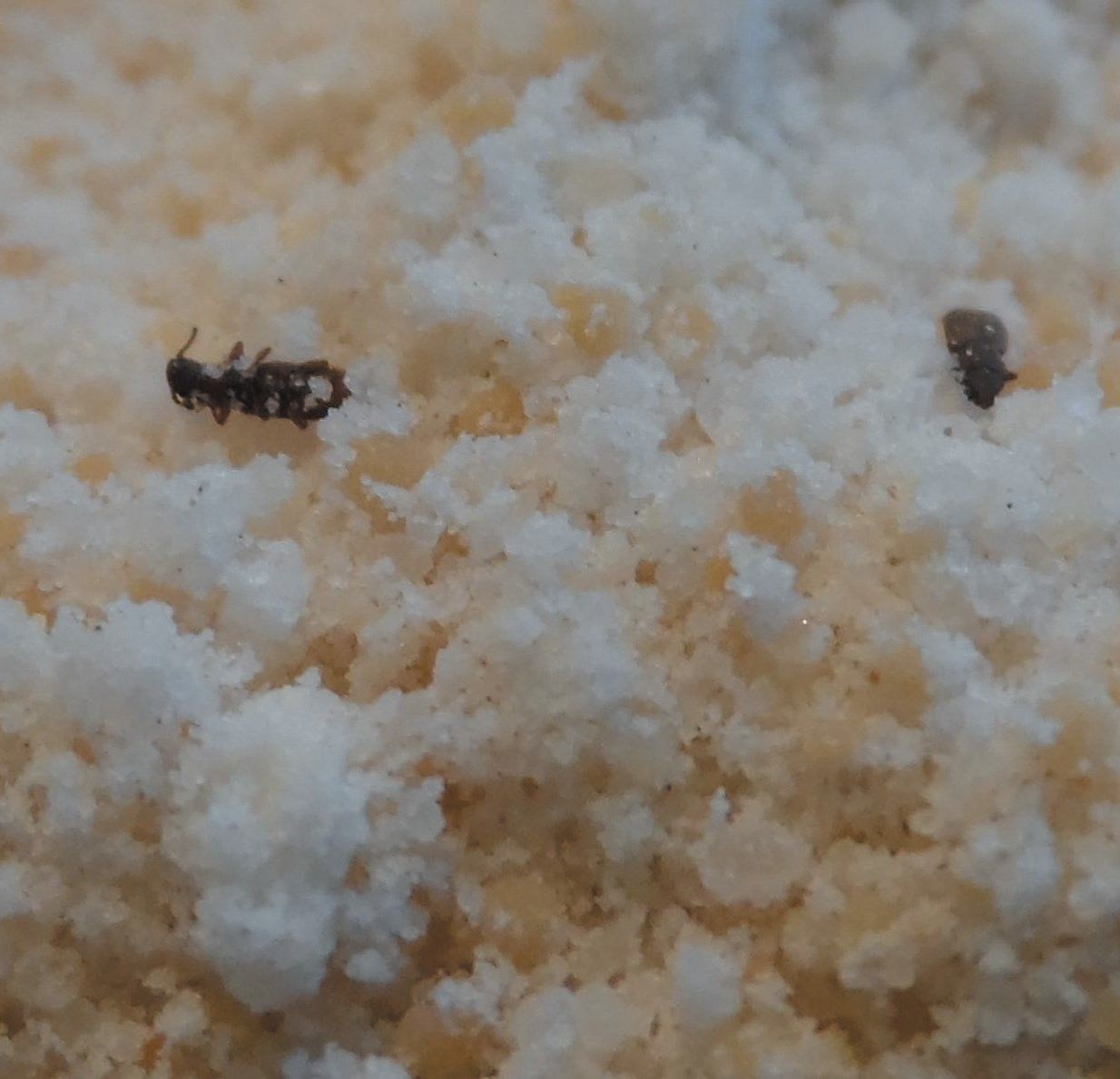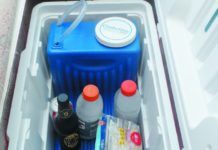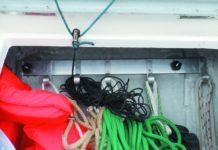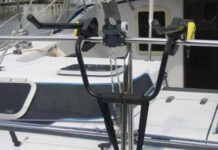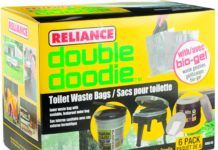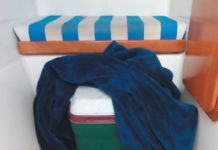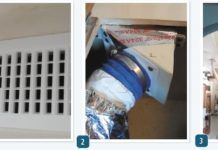Calculating the Right Air Conditioner Size
Estimating size has always been tricky, because it depends on the insulation value of the boat, climate, and how quick you want the boat to cool down. It also depends on window covers and awnings and how much window space you have. Houses, on the other hand, tend to have similar insulation values, and the rate at which they cool is not important because people leave the AC on all summer.
Synthetic Ice Test
In Making Ice Last (PS August 2018) we explored cube ice, block ice, dry ice and frozen bottles. Of course, many of the cooler manufactures sell reusable icepacks, touting convenience, decreased mess, and in some cases, lower temperatures. Most are not much use on multi-day trips, since they can't be re-frozen underway, but perhaps they are just the thing for the one- to three-day trips that make up our weekender reality, at least most of the year.
Sailboat Accessory Hooks
Boats are always challenged by limited storage space. Many production boats share two common features: they have lockers that are either bottomless or wet at the bottom, and those lockers contained broken storage hooks installed by the previous owner. Over the years weve been on the lookout for storage hooks that wont fail and reconsidered the places where they can best meet our needs.
The DIY Hanger Hook
It was a given that anything added to the cockpit locker of our F-24 test boat had to be quickly removable. All of the bolts for cockpit gear, fuel lines, and half of the wiring is accessed by worming through this narrow locker into the space under the cockpit, and any obstruction would render it inaccessible. Because the backside is the hull, through-bolting was not an option. The previous owner had epoxied on a few hooks, but gluing plastic to fiberglass is pretty hopeless and only the scars remained.
Stowing Bicycles on Boats
One of the blessings of a multihull is its wide expanse of deck space that opens up possibilities that you might not consider on a monohull-like a bike rack. No, you don't want to cross the Atlantic with a ye ol Raleigh strapped to the pulpit, but for bay cruising, a rack will work-especially on a multihull.
Sailing Gifts for 2018
No one really wants just practical gifts, so weve tried to locate a few items that go beyond pure utility for this holiday season.
Clearing the Air Around Odor Testing
After several rounds of chemical testing for holding tanks, we have got this stink detection down to a science. Because the masking chemicals are more effective in in port-a-potty applications, there is only one true measure of effectiveness: whether the toilet still stinks after it is flushed.
Controlling Porta Potty Odor
Another consideration is that many day sailors avoid using the boats head at all, often going for many months at a time without needing it. When it is used, once in a blue moon, is it worth the hassle of hauling it home to clean it out, knowing that most likely it will not be used for another 3 months? When Katrina hit New Orleans, the Red Cross handed out WAG (waste alleviation and gel) bags by the thousands to provide an emergency option. Weve been living with these too, evaluating them as an option for small boats.
Making Ice Last
Does block or bottled ice last longer than cube ice? What about dry ice? Will wrapping a blanket around the ice chest really help? What about moving the ice into a smaller cooler?
Air Conditioning for Sailboats
One of the great joys of sailing is the state of near nakedness (literal and figurative) to the wind, air, and sea-and the wisdom that comes with it. From that perspective, climate control seems antithetical to the sailors art. But being Practical Sailor (not Philosophical Sailor) we recognize that even the hardiest round-the-world racers seek temporary refuge dampness, cold, and heat. And for one looking to make the transition from the landlubbers life in temperate climates to full-time cruiser in the tropics, the idea of air-conditioning-despite its huge power demands-is alluring.



















